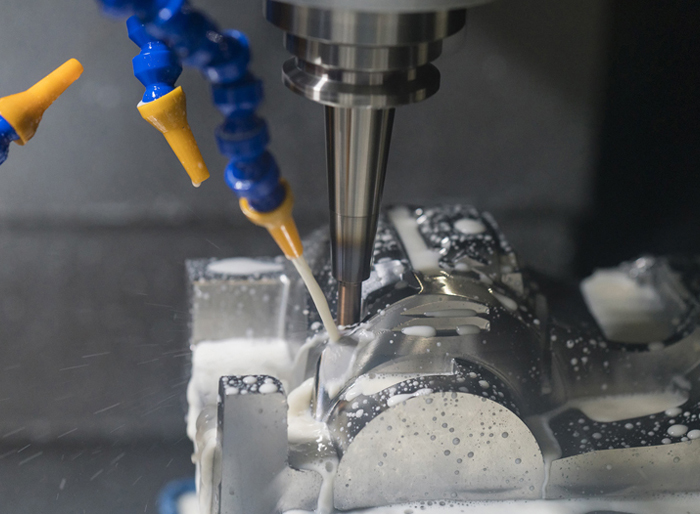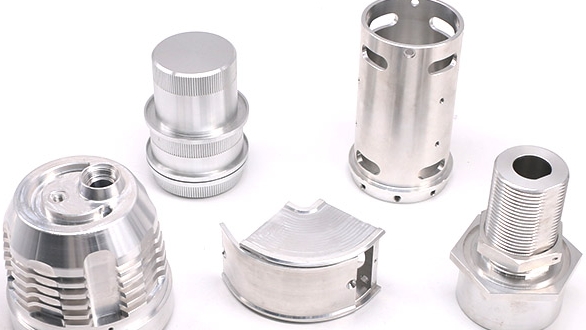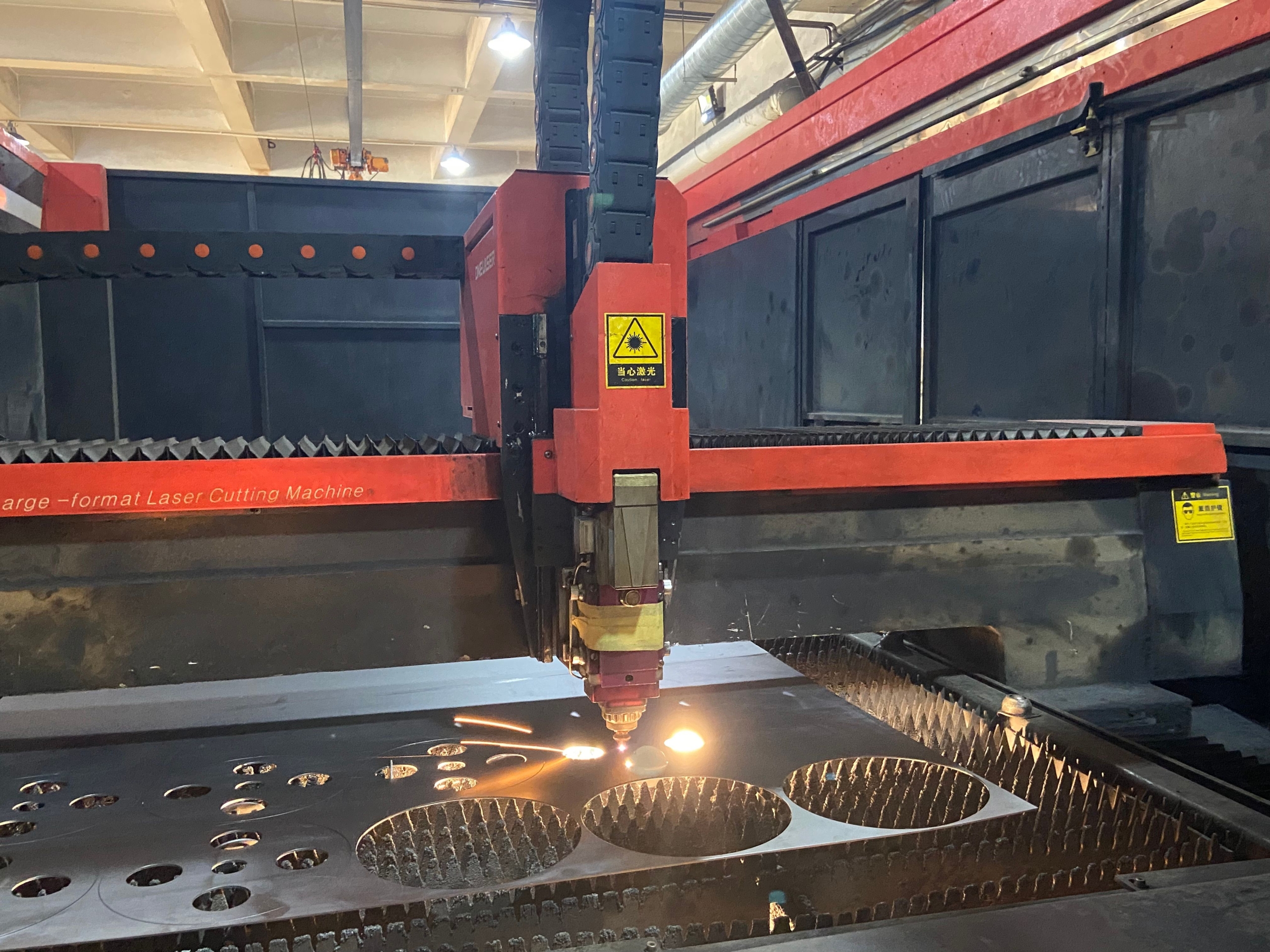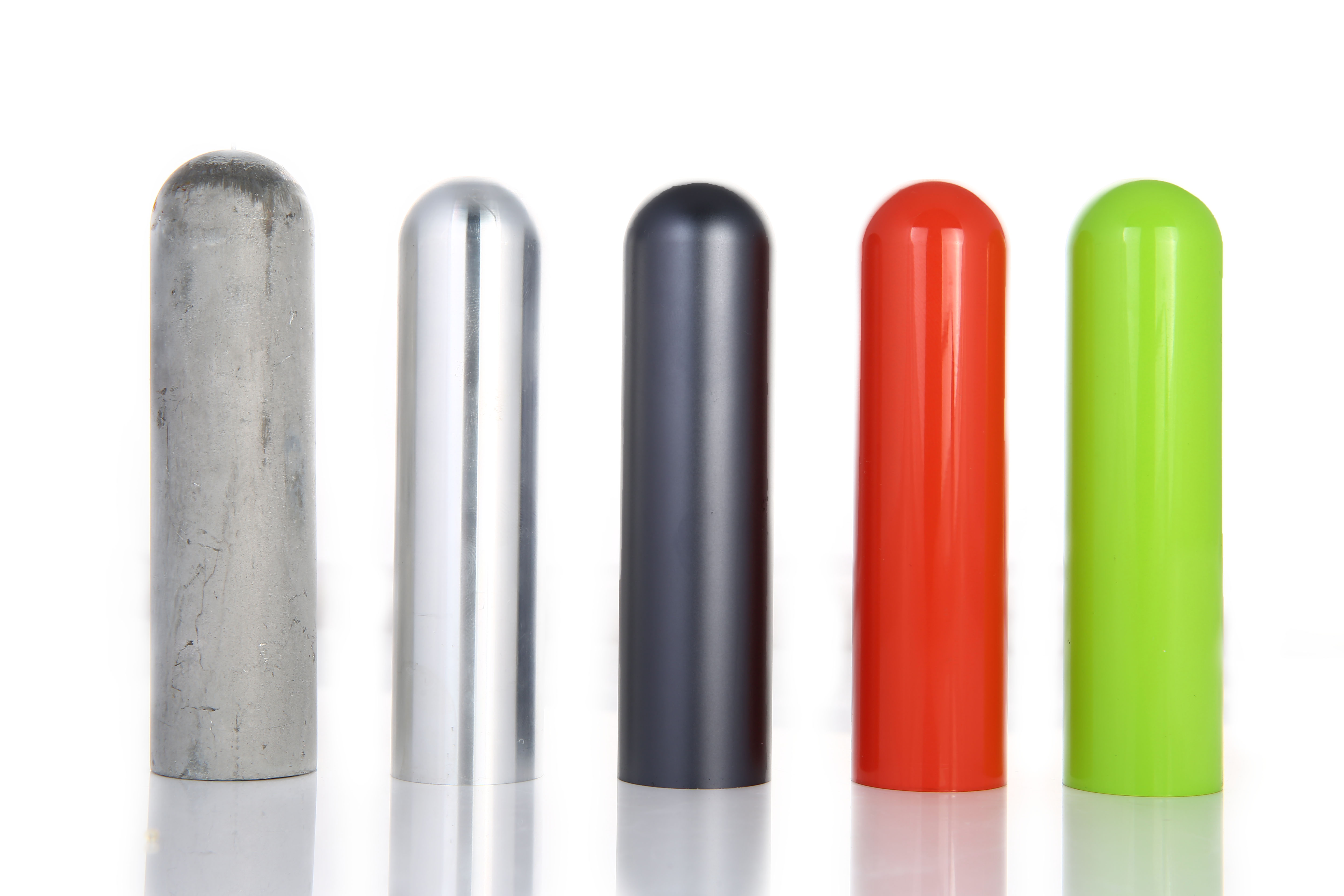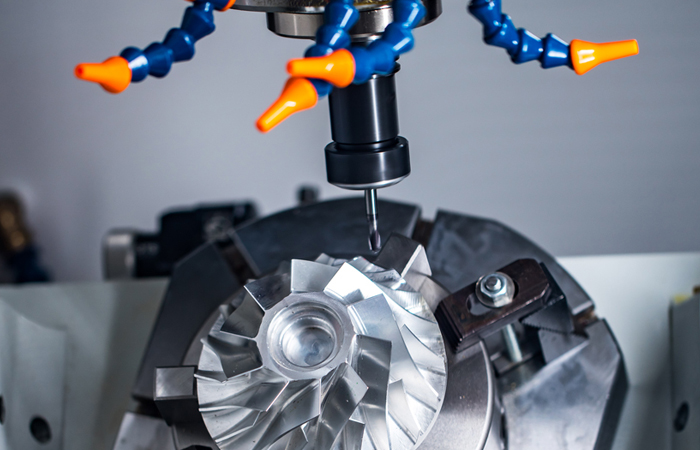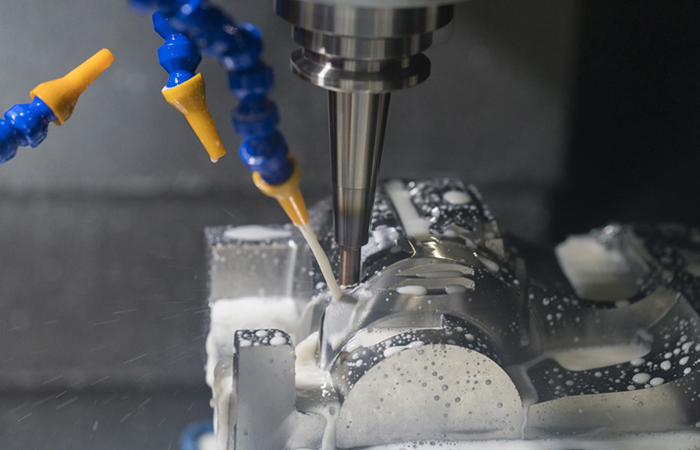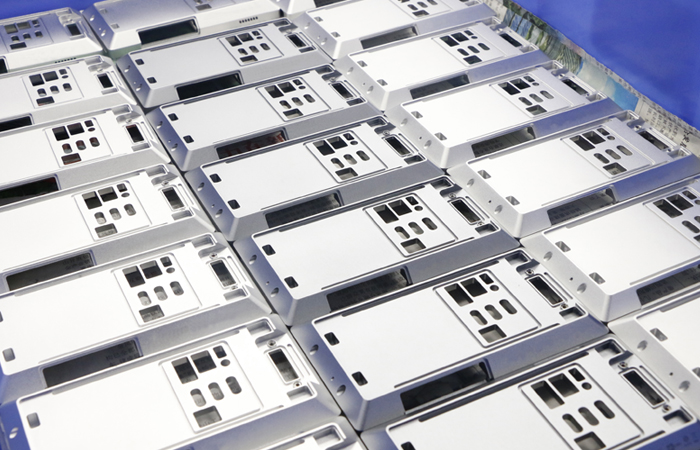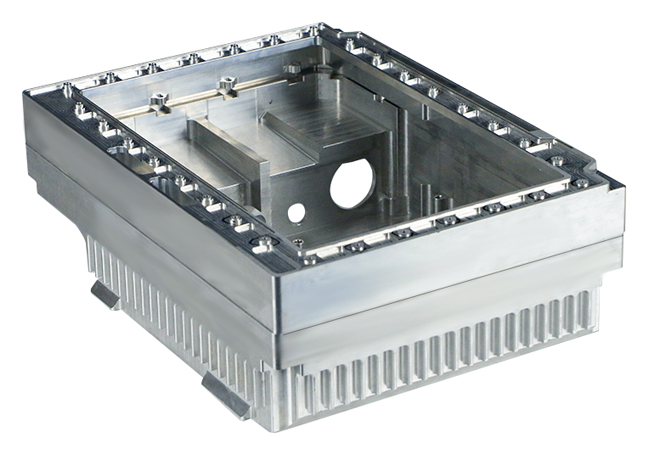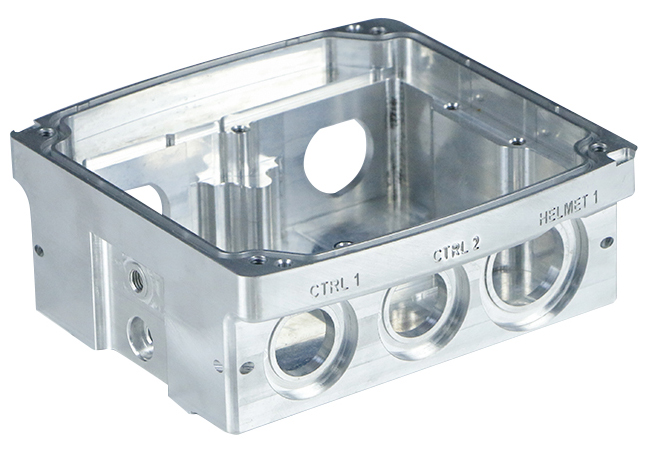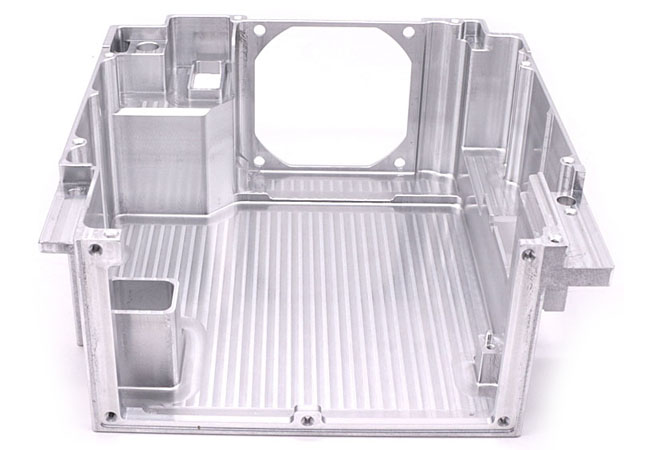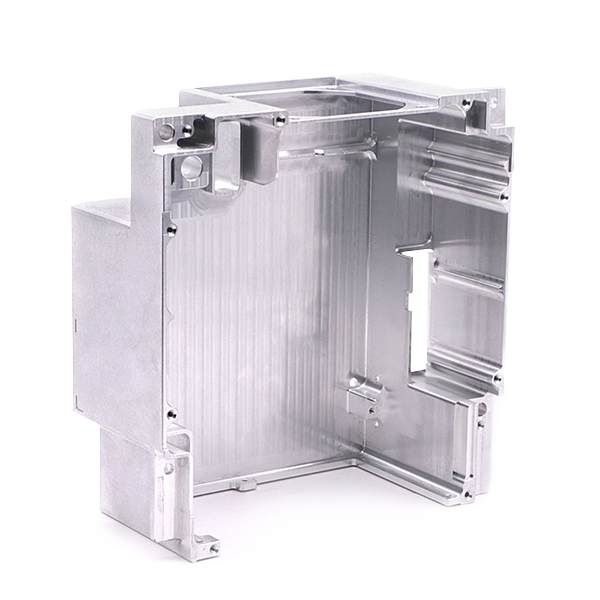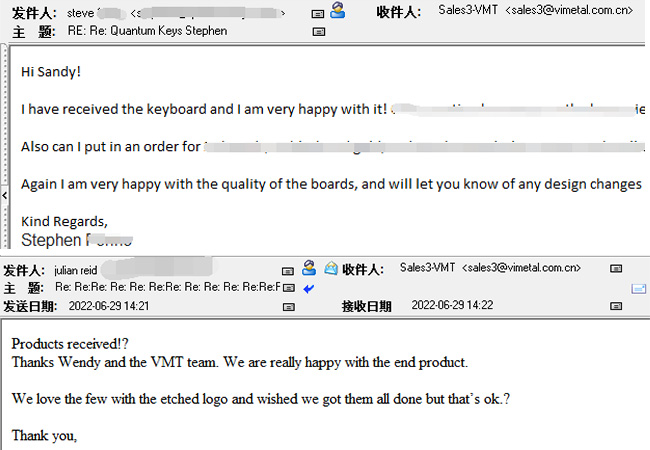Rapid prototyping services are integrated and developed on the basis of modern CAD/CAM technology, laser technology, computer numerical control technology, precision servo drive technology and new material technology. Its advantages mainly include the following aspects:
1. Shorten the R&D Cycle
Rapid prototyping services can directly convert the three-dimensional data model in the computer into a solid model, greatly shortening the conversion time from design to entity. This feature makes the prototyping, adjustment and verification in the process of new product development faster, thereby significantly shortening the overall R&D cycle.
2. Improve Manufacturing Efficiency
Through rapid prototyping technology, complex and precise parts can be manufactured, reducing the possibility of assembly processes and human errors. At the same time, this technology can also realize the rapid manufacturing of new product samples of any complex shape without the use of tools, molds and tooling fixtures, further improving manufacturing efficiency.
3. Reduce R&D Costs
Rapid prototyping services can reduce waste in the manufacturing process, reduce material usage and labor costs. In addition, due to the shortened R&D cycle, companies can launch new products faster and seize market opportunities, thereby reducing R&D costs to a certain extent.
4. Support Personalized Customization
With the increasing market demand for personalization, rapid prototyping services can be customized according to the specific needs of customers. Whether it is automotive manufacturing, aerospace, medical equipment or consumer goods industry, rapid prototyping technology can be used to quickly produce personalized products that meet customer needs.
5. Optimize Product Design
The models or samples produced by rapid prototyping services can be directly used for new product design verification, function verification, appearance verification, etc. This enables designers and engineers to understand the performance and structure of the product more intuitively, discover deficiencies and defects in the design in a timely manner, and propose solutions for optimization.
![]()
![]()
![]()
![]()
![]()
